Step-by-Step: How Efficiency Optimization Works in Practice
Step 1: Assess the Current Situation
Identify performance gaps using KPIs and feedback.
Step 2: Map Existing Processes
Use flowcharts and modeling tools to visualize workflows.
Step 3: Identify Opportunities for Improvement
Look for high-impact inefficiencies and redundant steps.
Step 4: Set SMART Goals
Specific, Measurable, Achievable, Relevant, and Time-bound objectives guide efforts.
Step 5: Select the Right Tools
Choose from methodologies like Lean, Agile, and software tools for support.
Step 6: Implement Changes
Start small, test, and scale after evaluating results.
Step 7: Measure and Monitor
Use metrics and dashboards to track progress continuously.
Step 8: Foster a Culture of Continuous Improvement
Encourage feedback and build optimization into company culture.
Tools and Technologies That Drive Efficiency
- ERP Systems: Centralize core business functions for smoother operations.
- CRM Platforms: Manage customer relationships and sales funnels efficiently.
- Project Management Tools: Improve task tracking and team collaboration.
- Robotic Process Automation (RPA): Automate repetitive tasks to save time.
- Business Intelligence (BI): Visualize data for better decision-making.
- AI and Machine Learning: Enable predictive analytics and intelligent automation.
Common Challenges in Efficiency Optimization
- Resistance to Change: Staff may resist new tools or processes.
- High Initial Costs: Upfront investments in software and training can be steep.
- Data Silos: Departments may not share key performance data.
- Lack of Expertise: Not all organizations have internal efficiency experts.
- Short-Term Focus: Expecting quick wins can lead to discouragement.
Real-World Examples
Toyota
Pioneers of Lean Manufacturing, Toyota revolutionized the automotive industry through just-in-time production and continuous improvement practices.
Amazon
By leveraging automation, data analytics, and robotics, Amazon delivers massive volumes efficiently while maintaining customer satisfaction.
Netflix
Uses AI-driven personalization and cloud-based delivery to optimize content streaming and viewer engagement.
The Role of Leadership in Driving Efficiency
Successful optimization starts at the top. Business leaders must:
- Promote a vision for efficiency
- Set clear priorities
- Allocate resources strategically
- Encourage innovation and experimentation
- Track accountability with KPIs
Efficiency Optimization and Sustainability
Efficiency and sustainability often go hand-in-hand. By reducing energy consumption, minimizing waste, and reusing resources, businesses not only cut costs but also help the environment. For example:
- Digital workflows reduce paper use
- Efficient logistics reduce fuel consumption
- Energy-efficient machines lower utility bills
Future Trends in Business Efficiency
- Hyper-Automation: Combining multiple automation technologies to handle complex processes.
- Real-Time Analytics: Dashboards that offer instant insights and faster decision-making.
- Remote Work Optimization: Tools that enable high-efficiency hybrid and remote teams.
- Smart Supply Chains: AI and IoT-based tracking for responsive inventory and logistics.
- AI-Driven Personalization: Automated customization of products and services at scale.
Conclusion
Efficiency optimization in business management is not just a tactic—it's a long-term strategy for growth and resilience. From cutting costs to improving service and enhancing sustainability, the benefits are enormous. The process takes commitment, but with the right tools, team, and leadership, any business can become faster, leaner, and more effective.
 Project Cloud Sneakers for Women
Project Cloud Sneakers for Women
 Retro Oval 90s Metal Sunglasses for Women
$17.99
Retro Oval 90s Metal Sunglasses for Women
$17.99
 The Holy Bible in Audio
$0.00
The Holy Bible in Audio
$0.00



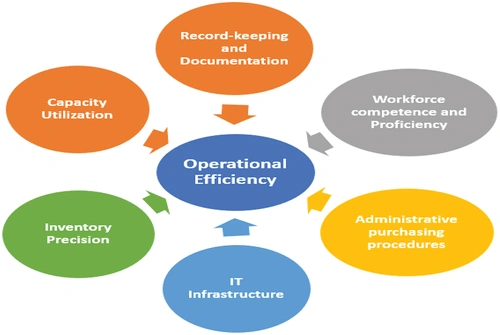


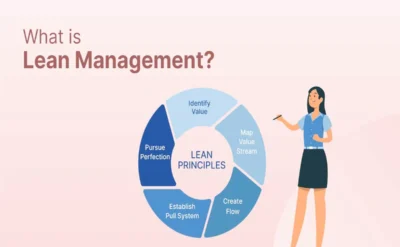
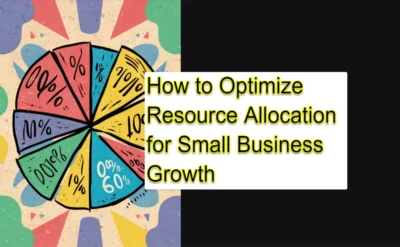
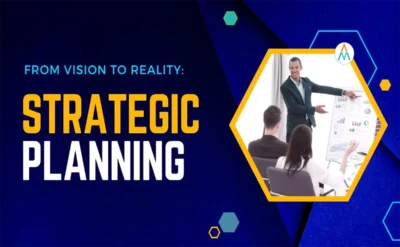
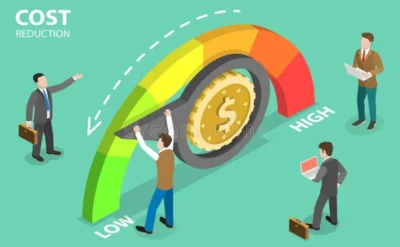


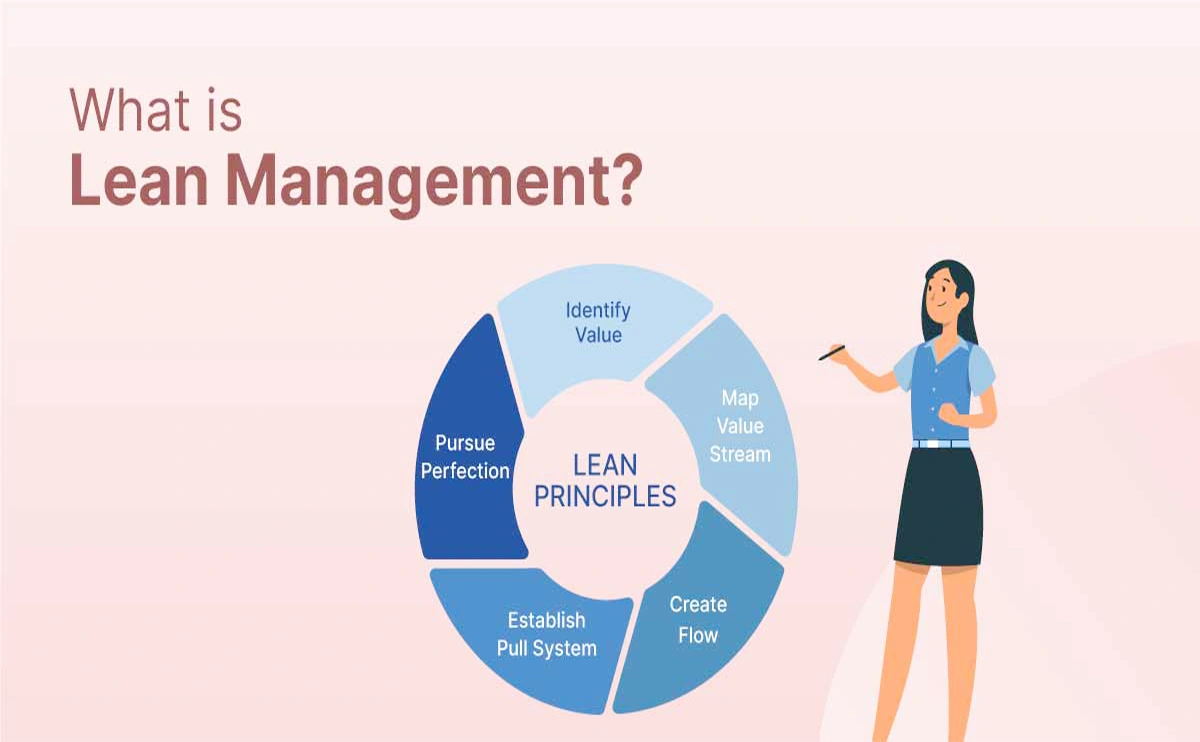
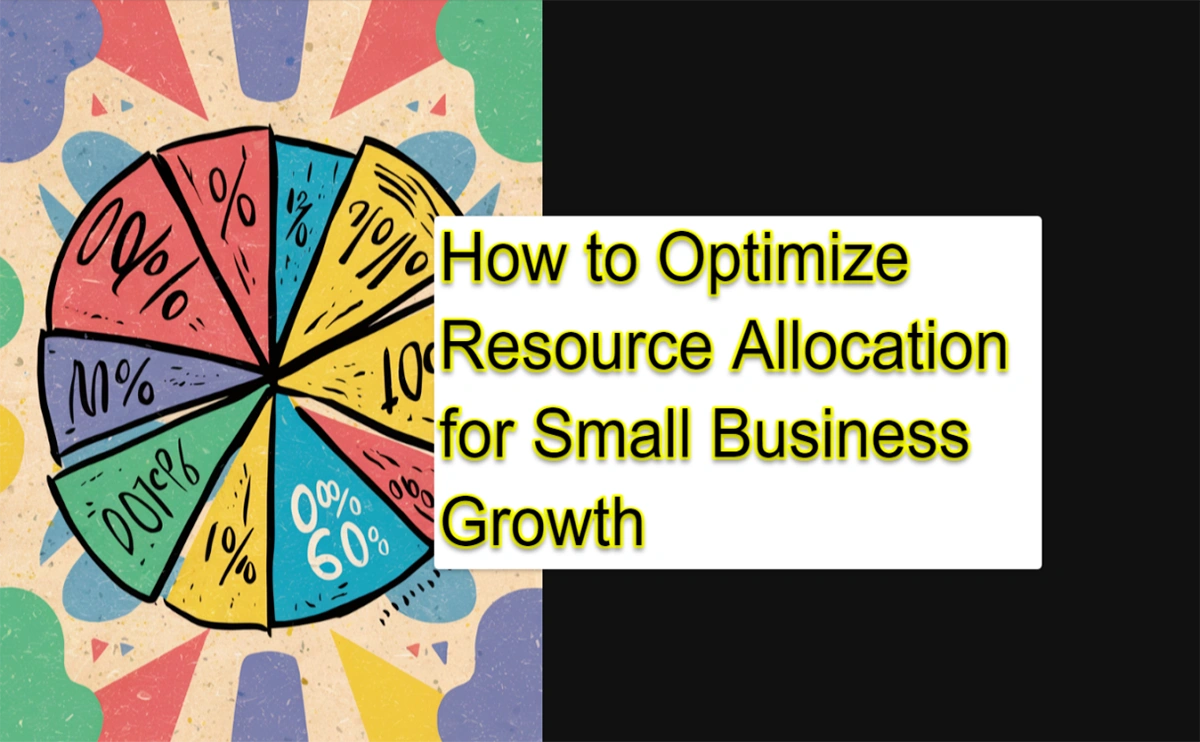
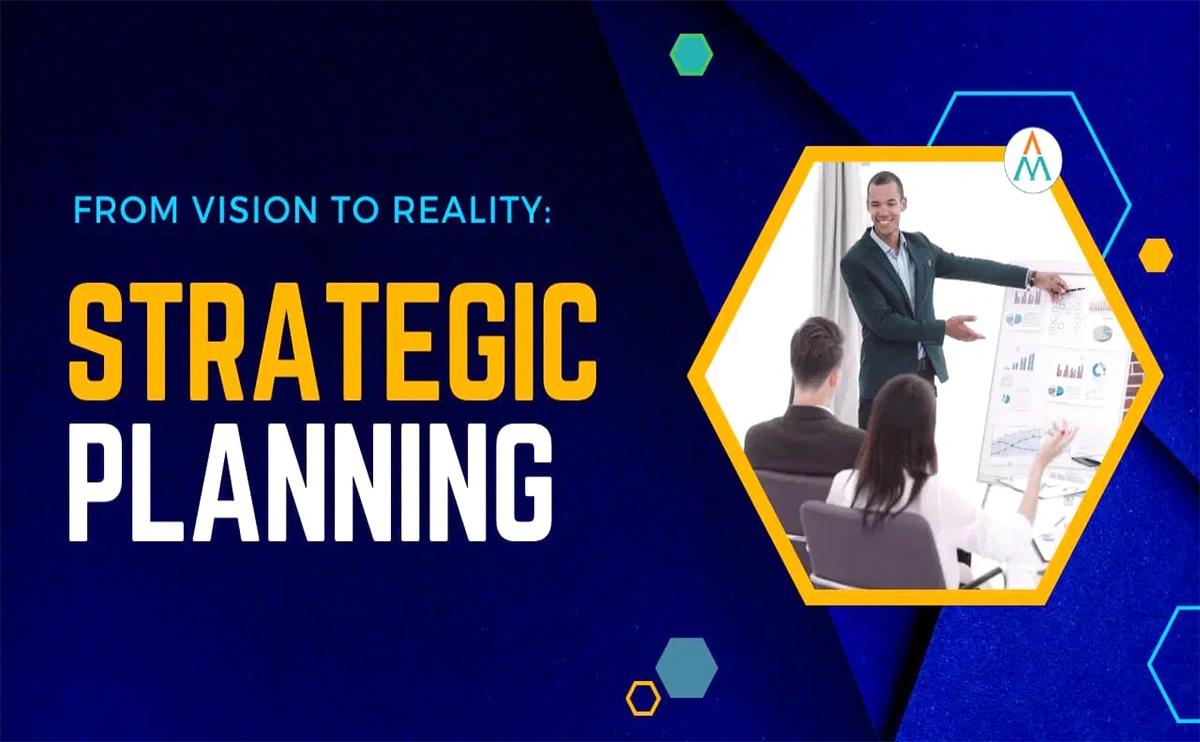
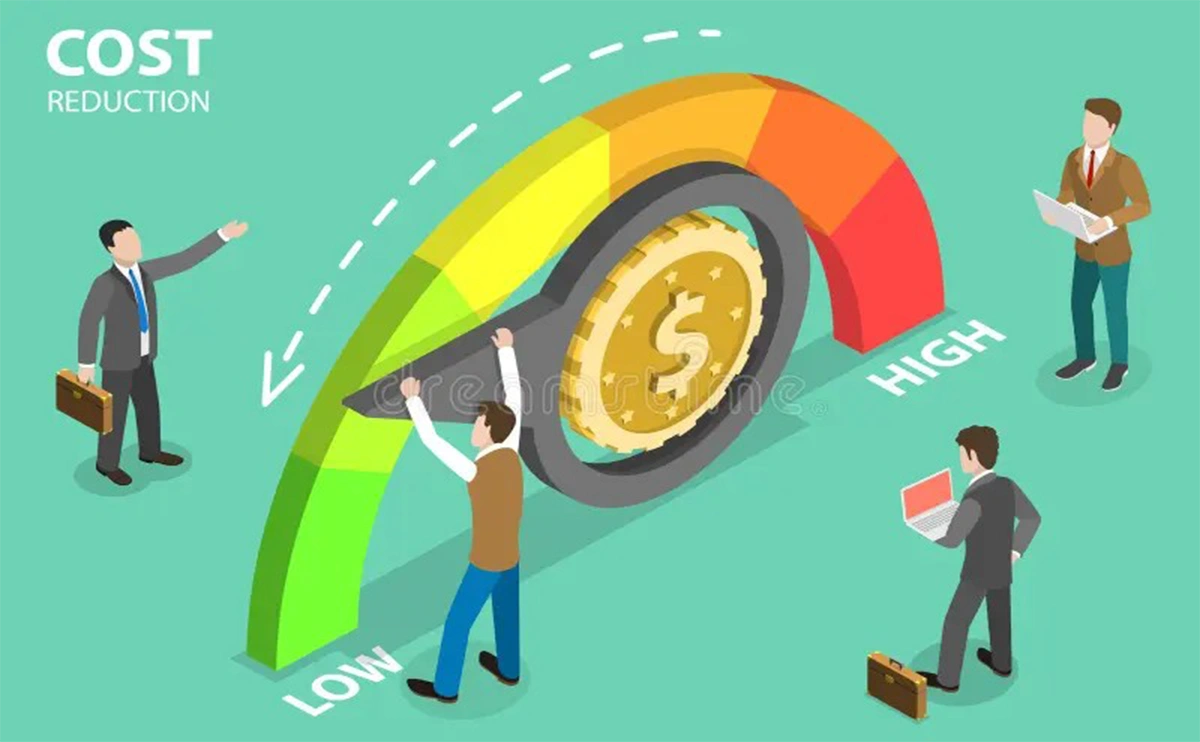



One thought on “How Efficiency Optimization Works in Business Management”
Nice thought about world business. 🙂